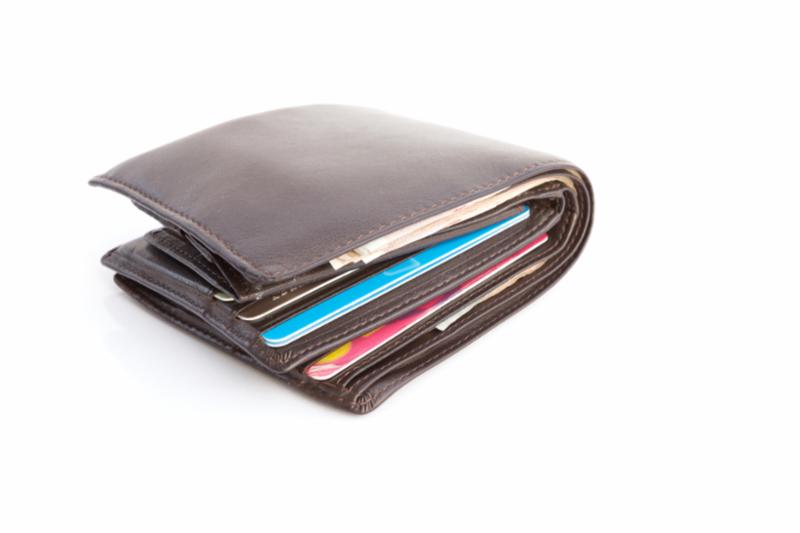New tech solutions to common problems – like being caught with no cash – come along with new glitches to work out.
Instead of holding off on new tech until all the kinks get worked out – which they never do – there are precautions you can take to make new tech like peer-to-peer payment apps work for you right now.
We don’t carry cash like we used to. The rise of electronic payment for goods and services practically everywhere we go has left us strapped for cash when it comes to paying our peers. This has led to a rise in peer-to-peer (P2P) payment systems like PayPal and Venmo.
PayPal has been around for a while, but Venmo is catching on as an alternative P2P system to use quickly and in person. If you want to chip in money but don’t have cash, two Venmo users can make the exchange over their smartphones.
Sounds easy, right?
With the recent FTC settlement, maybe it will be. Recently, Venmo reached a settlement with the FTC in regards to some significant glitches that mislead users into some bad situations, including exposing their transactions to everyone who follows the Venmo social media newsfeed, and having transactions that they thought went through cancelled when they tried to transfer the funds that appeared in their Venmo accounts to their bank accounts.
As glitches in privacy and efficacy of P2P systems get worked out, there are steps you can take to make sure you don’t run into trouble using systems like Venmo.
First, when you start using a P2P system, it will need access to your personal financial information. This is because when you get paid through this system, the funds first go to your P2P system account, and then you have to transfer them to an external bank or credit union account. Make sure you take extra safety precautions with these systems, including two-factor authentication for accessing or changing personal financial information.
Second, some of these P2P systems show user transactions on their social media newsfeed, such as Venmo. In these cases, you can opt out to protect your privacy. Check the social media settings on these systems to make sure you’re not exposed on social media by default. Then, you can adjust the social media settings on your P2P system to your comfort.
Third, don’t assume that just because funds appear in your P2P account that they can be used. The FTC settlement with Venmo addressed the problem that transactions were not verified until the funds were transferred out of the Venmo account, even though the transaction appeared to have gone through in the user’s account. When they try to transfer funds to an external bank account, THEN Venmo took steps to verify the transaction and check for adequate funds. Oftentimes, this lead to a delay in funds getting into the bank account, and in many cases the transactions were cancelled due to lack of funds or other issues. When you send money from your P2P account to your bank account, verify that it has arrived in your account and check on the status of the transaction or transfer.
Finally, make sure you know who you’re sending money to. P2P systems are popular amongst con artists because they can be relatively anonymous and the transactions can be made quickly while you’re in panic mode. Remember, con artists strike when you feel a sense of urgency to act. Only transfer funds through P2P systems to recipients whose identity you have verified, and only accept money from those whose identity you have verified. If you’re not sure who is on the other end of a potential transaction, I can find out. Contact me at Mignolet@Bellsouth.net for a consultation.

